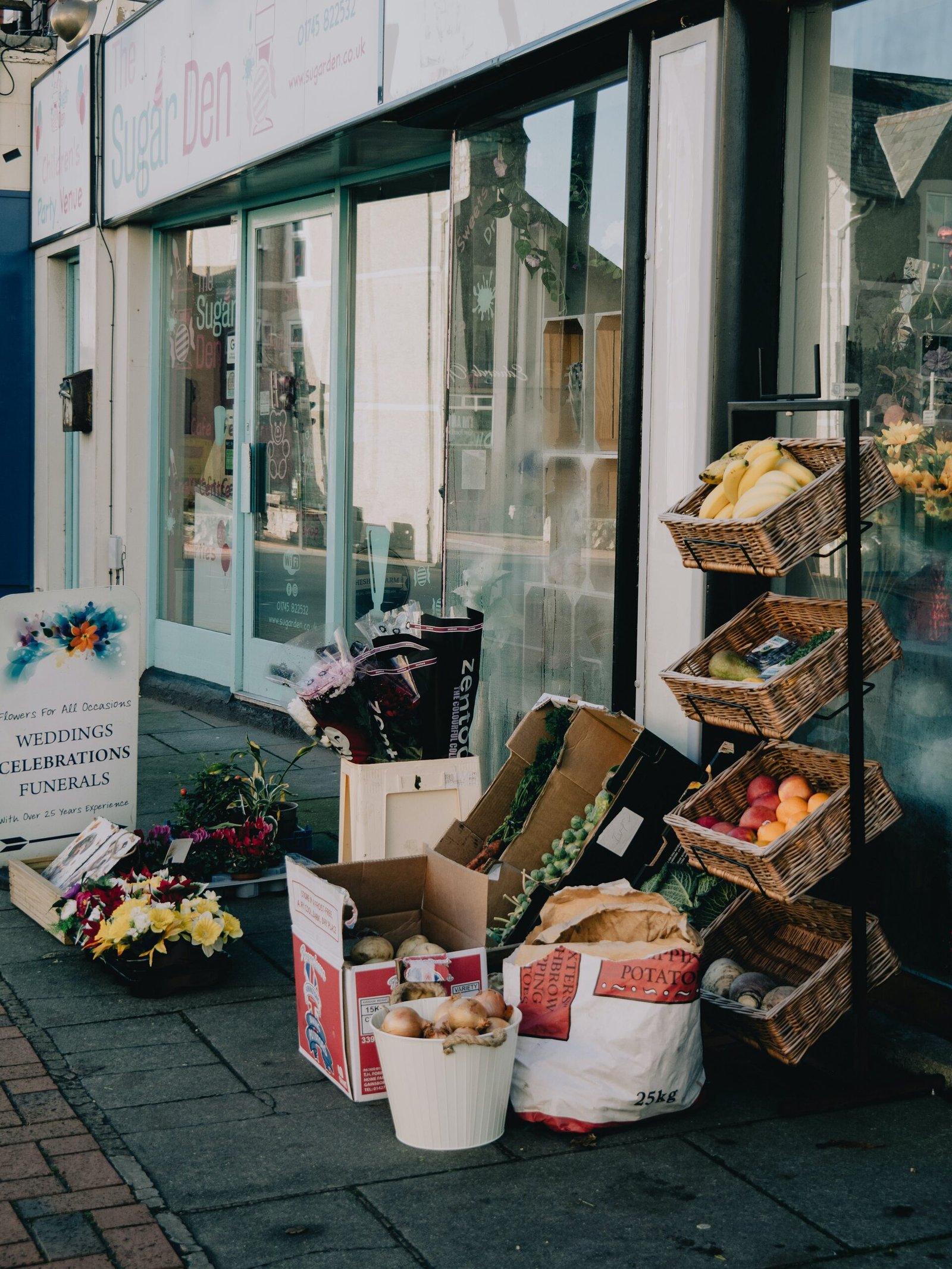
Looking to add a touch of greenery to your living space? Look no further than Home Depot’s container garden section! Whether you have a sprawling backyard or a tiny apartment balcony, creating your own container garden has never been easier. With a wide variety of plants and containers to choose from, you can unleash your creativity and bring your outdoor oasis to life. Home Depot’s knowledgeable staff is always on hand to offer helpful tips and advice, ensuring that even beginner gardeners can find success. So why wait? Head over to Home Depot today and start creating your very own container garden!
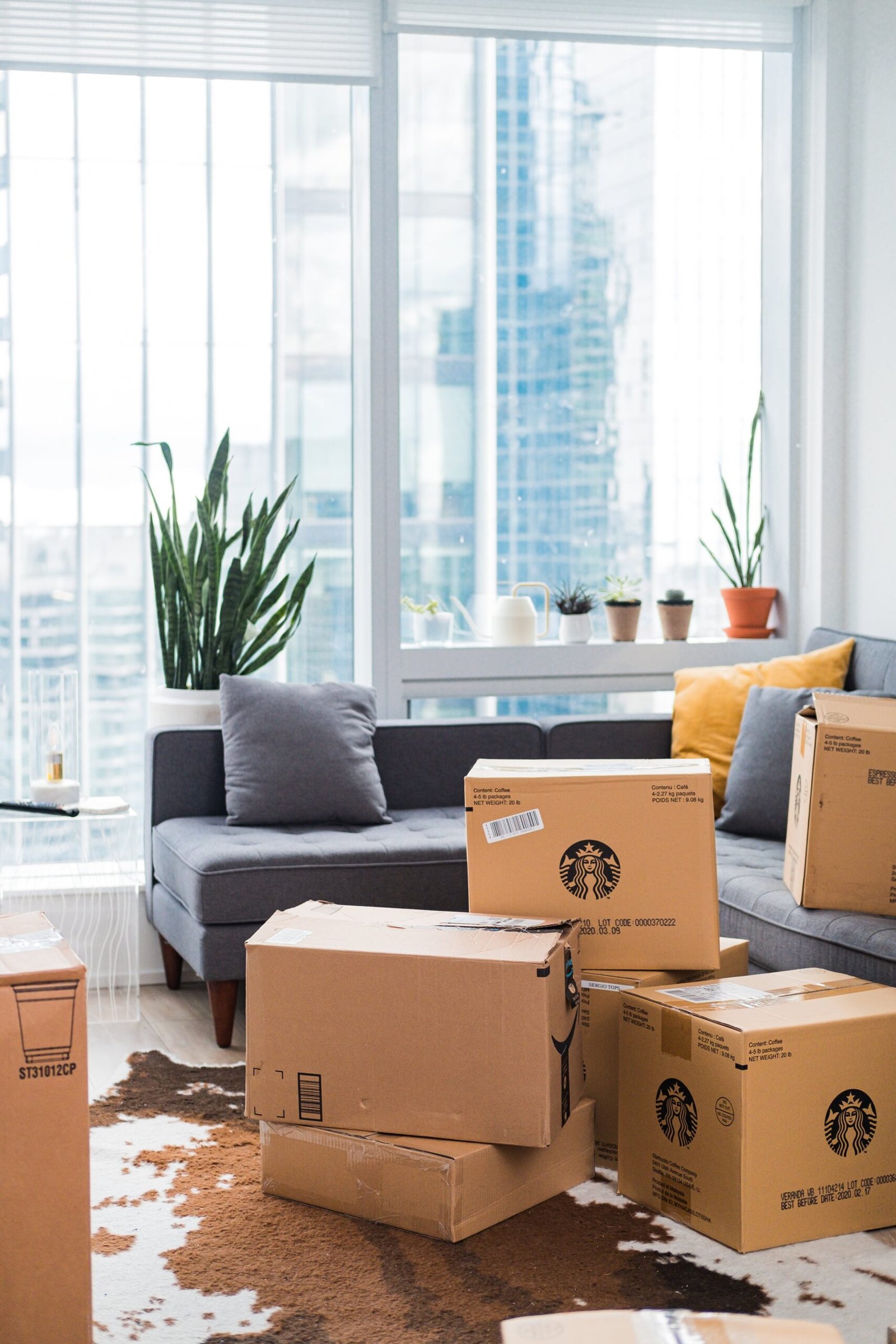
Choosing the Right Containers
Size and Material
When it comes to choosing containers for your garden, there are a few factors to consider. First, think about the size of your plants and how much space they will need to grow. Larger plants will require larger containers, while smaller plants can thrive in smaller pots. Additionally, consider the material of the containers. Different materials, such as terracotta, plastic, or metal, have different levels of insulation and water retention. Make sure to choose a material that suits the needs of your plants and the climate in which you live.
Drainage Options
Proper drainage is essential for the health of your plants. Without adequate drainage, excess water can accumulate in the containers and lead to root rot. When selecting containers, look for those with drainage holes in the bottom. If you find a container that you love but it does not have drainage holes, you can always drill your own. Additionally, consider using saucers or trays underneath your containers to catch any excess water and prevent it from sitting in the bottom, leading to waterlogged soil.
Appearance and Style
While the functionality of your containers is important, it’s also essential to consider the appearance and style of your garden. Choosing containers that complement your outdoor space or match your personal taste can add a touch of beauty to your garden. Consider the colors, shapes, and designs that appeal to you. Whether you prefer sleek modern containers or rustic terracotta pots, selecting containers that you love will enhance your gardening experience and bring joy to your space.
Selecting the Right Plants
Sunlight Requirements
Before selecting plants for your container garden, consider the amount of sunlight your garden receives. Some plants thrive in full sun, while others prefer shade. Take note of the areas in your garden that receive the most sunlight throughout the day and choose plants that match those conditions. Additionally, consider the microclimates in your space. Some areas may be more protected from wind or have different soil moisture levels, which can also impact plant selection.
Seasonality and Maintenance
Another aspect to consider when selecting plants is their seasonality and the level of maintenance they require. Some plants are annuals, meaning they will only last for one season, while others are perennials and will come back year after year. Additionally, some plants require more care and upkeep, such as regular pruning or deadheading, while others are more low-maintenance. Consider your available time and energy for gardening and choose plants that align with your desired level of commitment.
Plant Pairings
Creating a visually appealing container garden involves choosing plants that complement one another. Consider the colors, textures, and heights of your plants when selecting combinations. Some plants look beautiful when grouped together, while others create stunning contrasts when paired. Think about the overall aesthetic you want to achieve in your garden and choose plants that will work well together to create a cohesive and visually pleasing display.
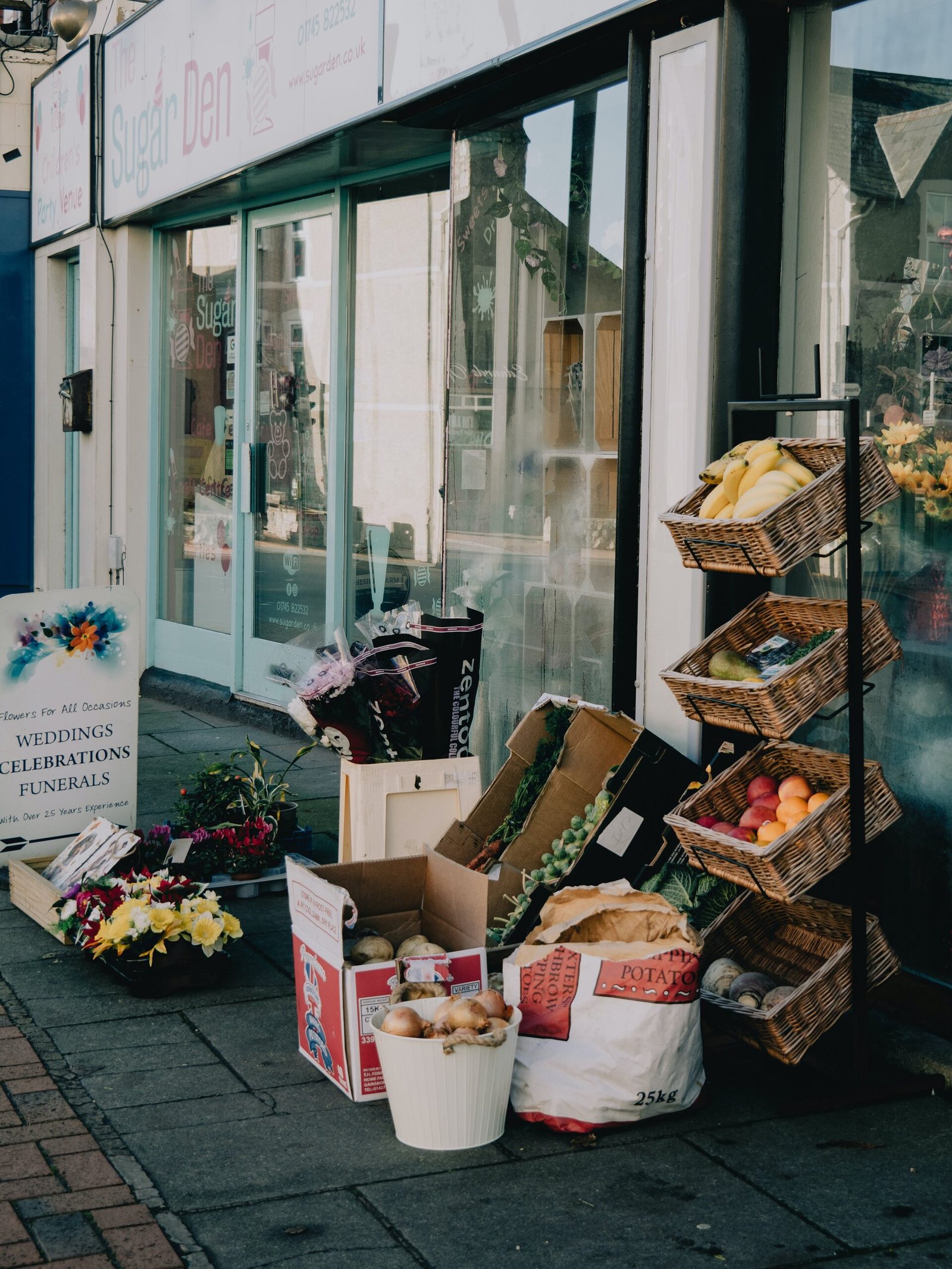
Preparing the Containers
Cleaning and Disinfecting
Before planting in new or used containers, it’s important to clean and disinfect them to prevent the spread of diseases or pests. Remove any dirt or debris from the containers and wash them with warm, soapy water. Rinse thoroughly to remove any soap residue, and then disinfect the containers by soaking them in a solution of 1 part bleach to 9 parts water for at least 10 minutes. Rinse again to remove the bleach solution, and your containers will be ready for planting.
Adding Drainage Holes
If your chosen containers do not have drainage holes, it’s important to add them before planting. This can be done using a drill and a drill bit suitable for the material of your containers. Carefully drill holes in the bottom of the containers, ensuring they are evenly spaced and of an appropriate size to allow for proper drainage. Be cautious not to crack or damage the containers while drilling, and make sure to clean up any resulting debris before planting.
Choosing the Right Soil Mix
Choosing the right soil mix is crucial for the success of your container garden. Opt for a high-quality potting mix that is lightweight and well-draining. Avoid using garden soil, as it can become compacted in containers and impede water drainage. Additionally, consider adding organic matter, such as compost or aged manure, to enrich the soil and provide nutrients to your plants. Fill the containers with the soil mix, leaving some space at the top to accommodate watering.
Planting and Arranging
Creating a Layout Plan
Before planting your containers, it can be helpful to create a layout plan. Consider the size, shape, and height of your containers, as well as the colors and textures of your plants. Arrange the containers in a way that is visually appealing and suits the space in which they will be displayed. Keep in mind the growth habits of your plants and create a plan that allows enough room for them to mature without overcrowding one another. This will help you visualize your garden and ensure a harmonious arrangement.
Planting Techniques
When it comes to actually planting your container garden, there are a few techniques to keep in mind. Start by filling the containers with soil, leaving enough space at the top for watering. Gently remove the plants from their pots, being careful not to damage the roots, and place them in the containers. Add more soil around the plants, firming it gently to remove any air pockets. Water the newly planted containers thoroughly to help settle the soil and ensure good root contact.
Adding Decorative Features
To add an extra touch of beauty and interest to your container garden, consider incorporating decorative features. This could include adding trellises or stakes for climbing plants, placing ornamental rocks or stones around the base of your containers, or even including small garden ornaments or figurines. These decorative elements can enhance the overall look of your garden and make it a unique reflection of your personal style and taste.
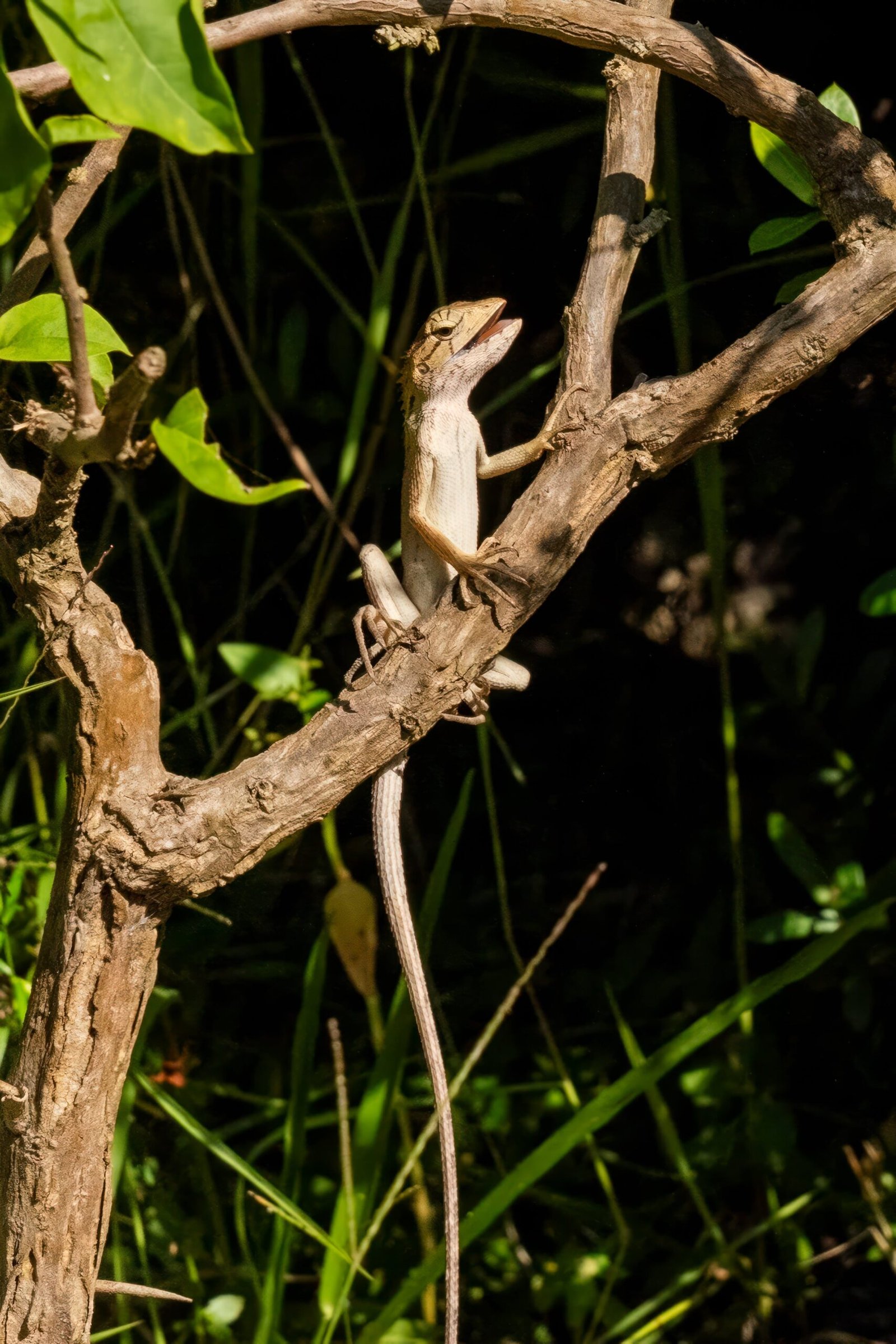
Watering and Fertilizing
Establishing a Watering Schedule
Proper watering is crucial for the health and vitality of your plants. The frequency of watering will depend on factors such as the type of plants, the size of the containers, and the climate in which you live. The goal is to keep the soil consistently moist, but not overly saturated or dried out. Establish a watering schedule that works for your specific garden and stick to it. Monitor the moisture levels regularly by checking the soil with your finger or using a moisture meter.
Choosing the Right Fertilizer
Fertilizing your container garden can help provide essential nutrients to your plants and promote healthy growth. There are various types of fertilizers available, including granular, liquid, and slow-release options. Choose a fertilizer that is specifically formulated for container plants and follow the instructions on the packaging for application rates. Be mindful not to over-fertilize, as this can lead to nutrient imbalances and damage your plants. Regularly monitor the health and growth of your plants and adjust your fertilizing routine as necessary.
Checking for Moisture and Nutrient Levels
In addition to regular watering and fertilizing, it’s important to regularly check the moisture and nutrient levels in your containers. This can be done by visually inspecting the plants for signs of stress or nutrient deficiencies, as well as by conducting soil tests. Soil tests can help determine if the pH levels or nutrient levels in the soil need adjustment. If necessary, make any necessary amendments or adjustments to maintain optimal growing conditions for your plants.
Pest and Disease Management
Identifying Common Pests and Diseases
No garden is immune to pests and diseases, but there are steps you can take to manage and prevent them. Learn to identify common pests and diseases that may affect your container garden, such as aphids, mealybugs, powdery mildew, or blight. Regularly inspect your plants for any signs of infestation or disease, such as chewed leaves, discoloration, or wilting. Early detection can help prevent the spread of pests or diseases and allow for prompt treatment.
Prevention and Treatment Methods
Prevention is key when it comes to managing pests and diseases in your container garden. Some preventive measures include practicing good sanitation, such as removing any fallen leaves or debris from the containers, regularly inspecting your plants for signs of pests or diseases, and providing proper air circulation to reduce the risk of fungal diseases. If an infestation or disease does occur, there are various treatment methods available, including organic or chemical pesticides, as well as cultural practices such as pruning or removing affected plant parts.
Natural Remedies
If you prefer to take a more natural approach to pest and disease management, there are also several natural remedies that can be effective. For example, neem oil is a natural insecticide that can help control common pests like aphids or spider mites. Spraying a mixture of water and mild soap can also help deter pests. Additionally, companion planting certain plants can help repel pests or attract beneficial insects that prey on pests. Experiment with these natural remedies and find what works best for your garden.
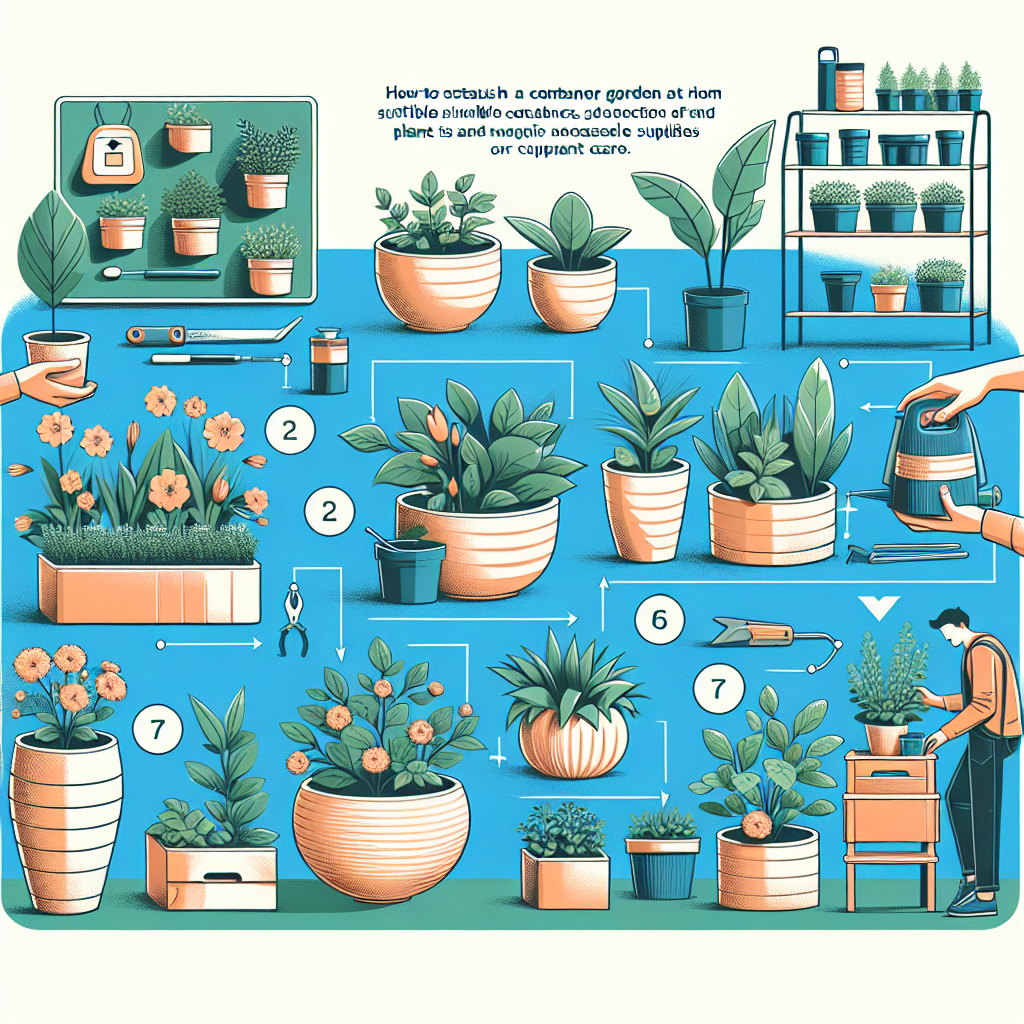
Maintenance and Care
Pruning and Trimming
Regular pruning and trimming are essential for maintaining the health and shape of your plants. As your plants grow, they may require periodic pruning to remove dead or damaged branches, promote air circulation, and prevent overcrowding. Use clean, sharp pruning tools and make clean cuts just above a leaf node or bud. This will encourage new growth and help your plants maintain their shape and vigor.
Deadheading Flowers
Deadheading is the process of removing spent flowers from your plants. This not only keeps your garden looking tidy and well-maintained but also promotes continuous bloom. As flowers fade, snip them off just above a leaf node or bud. This will redirect the plant’s energy into producing new flowers rather than setting seed. Regular deadheading will ensure that your plants continue to produce beautiful blooms throughout the growing season.
Replacing or Repotting Plants
Over time, some plants may outgrow their containers or become unhealthy. If a plant is struggling or appears root-bound, it may be time to replace or repot it. Carefully remove the plant from its container, gently loosen the roots, and assess its overall health. If the plant is still viable, you can either repot it in a larger container or divide it into multiple smaller plants. If the plant is beyond saving, it may be best to replace it with a healthier option.
Harvesting and Enjoyment
Harvesting Edible Plants
If you have chosen to include edible plants in your container garden, the joy of tasting the fruits of your labor awaits. Harvesting times will vary depending on the specific plant and the desired stage of ripeness. Research the optimal harvesting times for your plants and use your senses to determine when they are ready. Many fruits and vegetables are at their peak flavor and nutrition when fully ripe. Enjoy the satisfaction of picking fresh produce from your own garden and incorporate it into your favorite recipes.
Creating an Outdoor Oasis
In addition to the practical benefits of gardening, creating a container garden can also enhance your outdoor space and provide a peaceful retreat. Consider incorporating elements such as comfortable seating, ambient lighting, and decorative accents to transform your garden into an outdoor oasis. Whether you have a small balcony or a spacious patio, adding personal touches will make your garden a place to relax, unwind, and enjoy the beauty of nature.
Continuing Care and Succession Planting
Maintaining your container garden is an ongoing process that requires regular care and attention. Continue to water, fertilize, prune, and monitor your plants throughout the growing season. As plants complete their lifecycle or finish producing, consider succession planting. This involves replacing harvested or spent plants with new ones to ensure a continuous supply of fresh blooms or produce. By planning ahead and implementing succession planting, you can enjoy a vibrant and productive garden year-round.
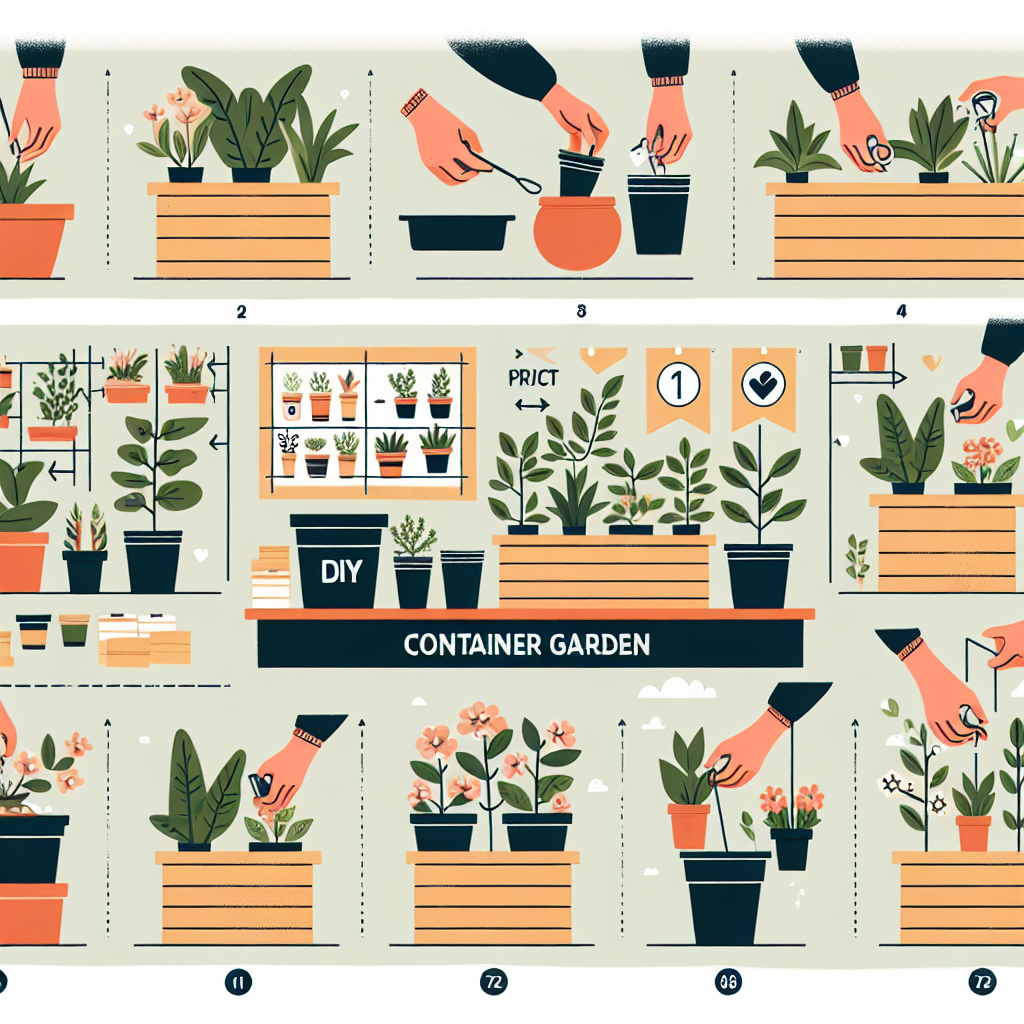
Troubleshooting Common Issues
Yellowing Leaves
Yellowing leaves can be a sign of various issues in your container garden. It may indicate nutrient deficiencies, overwatering, underwatering, or even pest or disease problems. Assess the overall health of your plants, check the moisture levels in the soil, and ensure they are receiving adequate sunlight. Adjust your watering and fertilizing routines as needed, and monitor for any signs of pests or diseases. If the issue persists, consult a gardening expert or consider conducting a soil test for further analysis.
Overwatering or Underwatering Issues
Overwatering and underwatering are common issues in container gardening. Overwatering can lead to root rot and other fungal diseases, while underwatering can cause wilting and nutrient deficiencies. To determine if your plants are receiving the appropriate amount of water, check the moisture levels in the soil regularly. Stick your finger about an inch below the surface – if it feels dry, it’s time to water. If it feels damp, hold off on watering. Adjust your watering schedule accordingly until you find the right balance for your plants.
Soil Imbalances
Soil imbalances can occur over time as plants take up nutrients from the soil. This can lead to deficiencies or excesses of certain nutrients, which can affect plant health and growth. Conducting periodic soil tests can help you identify any imbalances and make the necessary adjustments. If deficiencies are detected, you can amend the soil with organic matter or specific fertilizers to correct the issue. Regularly monitoring the health and growth of your plants will allow you to address soil imbalances before they become detrimental.
Elevating Your Container Garden
Vertical Gardening Ideas
If space is limited, consider incorporating vertical gardening techniques into your container garden. This involves utilizing vertical surfaces, such as walls or fences, to grow plants vertically. Hanging pots, wall planters, or trellises can be used to support climbing or trailing plants. Vertical gardening not only maximizes space but also creates a visually stunning display. Consider plants such as vine tomatoes, ivy, or climbing roses for vertical gardening, and get creative with your designs.
Hanging Baskets and Window Boxes
Hanging baskets and window boxes are a charming addition to any container garden. They add depth and visual interest to your outdoor space, while also allowing you to grow a wider variety of plants. Hanging baskets can be filled with cascading flowers or trailing vines, while window boxes can be planted with herbs or colorful blooms to enhance your windowsills. Both options offer unique opportunities for gardening in small or unconventional spaces.
Using Trellises and Supports
Trellises and supports are not just for vertical gardening. They can also be used to provide structural support to larger or heavier plants in your container garden. As plants grow, they may require additional support to prevent them from flopping over or breaking. Adding a trellis or support structure can help keep your plants upright and healthy. Additionally, trellises and supports can create a visually appealing element in your garden, adding height and drama to your plantings.
With these comprehensive steps and tips, you can confidently create your own container garden. Enjoy the process of selecting the right containers, plants, and soil mix. Take pleasure in arranging and caring for your garden, and relish the rewards of harvesting and enjoying the fruits of your labor. Troubleshoot any issues that may arise along the way, and continue to expand and elevate your container garden as your gardening journey unfolds. Happy gardening!





